About Ukraine
UKRAINE

How much do you know about Ukraine, besides the fact Ukrainian team scored a dramatic victory (with a winning goal in the 121st minute!) to beat Sweden and advance to Euro 2020 football tournament quarterfinals? Here are few more interesting facts about our country:
RICH AND COMPLEX HISTORY: The history of Ukraine as we know it is both incredibly interesting and complex. Ukraine is home to several archaeological sites that were previously Neanderthal settlements that date back to 4800 B.C. The country is in an area where Trypillian and Scythian civilizations once thrived. Arguably, its modern routes can be traced back to the Kyivan Rus, a mighty medieval state that thrived in the middle ages but struggled by the 12th century. The following centuries saw Ukrainian lands taken by the Mongols, Ottomans, and the Polish-Lithuanian Commonwealth, with Cossack communities attempting to live independently in some areas of Ukraine. An interesting fact: the world’s first constitution was drafted and introduced in 1710 (!) by Ukrainian Hetman Pylyp Orlyk. The document was aimed at introducing the separation of powers. It outlined the responsibilities and rights of both citizens and government. During the 18th and 19th centuries, however, Ukraine was divided between the Habsburg Empire and the Russian Empire. By the 20th century, the Habsburg Empire had all but collapsed. In 1918, Ukraine was annexed by the Soviet Union, a status that would characterize their existence throughout the 20th century, as the breadbasket of the USSR. It was only in 1991 that the country finally achieved its independence. Whilst Ukraine’s struggle throughout history has been extremely tough, cultural influences, from Habsburg architecture to Soviet monuments, give the country a wealth of depth and expression.
LANGUAGE: The Ukrainian language is the only official language in Ukraine. Interestingly, the Ukrainian language was rated the 3rd most beautiful language, in 1934, behind French and Persian; it was also rated the 2nd most melodious, behind Italian. In addition, many Ukrainians are bilingual: in many areas, you will find people who speak Russian or those who understand it. The Ukrainian language retains a degree of mutual intelligibility with Belarusian and has a noticeable vocabulary overlap with Polish, Czech, Slovak, Bulgarian, Macedonian, Serbian, Croatian, and Slovene languages. Ukrainian alphabet uses one of the national variations of the Cyrillic script.
UNESCO HERITAGE SITES: Within its large borders, Ukraine has seven World Heritage Sites, including the 11th century Saint-Sophia Cathedral in Kyiv, the ancient city of Chersonesus, and the primeval beech forests of the Carpathians. Another is the Struve Geodetic Arc, a chain of survey triangulations linking Hammerfest in Norway to the Black Sea in Ukraine. It “helped to establish the exact size and shape of the planet and marked an important step in the development of earth sciences and topographic mapping,” according to Unesco.
DELICIOUS AND AUTHENTIC CUISINE: The Ukrainian cuisine is highly varied and exciting, with different ethnic minorities and a rich multicultural history bringing a range of different foods to the table. Nonetheless, popular traditional dishes include varenyky (boiled dumplings with mushrooms, potatoes, sauerkraut, cottage cheese, or cherries) and holubtsi (stuffed cabbage rolls filled with rice, carrots, and meat). The most famous Ukrainian dish is borscht, you must try it! Whilst many Russians naively believe it derived from the motherland, Ukrainians just know that they are the founders of this dish! It consists of soup made from beetroot, cabbage, and potato; true borscht also contains meat, most commonly, pork. Popular Ukrainian drinks are beer, horilka (vodka) with pepper, medovukha – horilka with honey, wines (the origins of winemaking in our country date back to the 4th century BC (in Crimea), going 2500 years back in the present-day Odesa Region) and coffee. Ukrainians prepare delicious desserts: cheesecake (syrnyk), poppy cake (makivnyk), honey cake (medivnyk), and many many others. Of note, contrary to popular belief, the delicious stuffed Chicken Kiev (stuffed chicken breast dish) is not from Kyiv! There are several suggestions as to its origins. One theory is that it was created in France and became assimilated into Russian Empire’s culture under the name Côtelettes de volaille. It was then renamed Chicken Kyiv by New York restaurants trying to appease their ex-Soviet clientele in the 20th century.
HOME TO WORLD DEEPEST SUBWAY STATION: The world’s deepest metro station Arsenalna, along Kyiv’s Sviatoshynsko-Brovarska train line, is the world’s deepest metro station at 105.5 meters (3436 feet) below the ground. Staring down from the top of the steep escalator to the darkness of the metro station below can be quite scary and takes approximately five minutes. The station's unusual depth is mainly attributed to the geography of Kyiv. The main entrance to the station is located atop a steep valley adjacent to the Dnieper River, where the river's high banks rise above the rest of the city.
WEATHER: Ukraine has a mostly temperate, continental climate. Precipitation is the highest in the west and north and the lowest in the east and southeast. Winters vary from cool along the Black Sea to cold farther inland. Average annual temperatures range from 5.5°C – 7°C in the north to 11°C – 13°C in the south. Summers are not so hot and rather comfortable with temperatures range from 17°C to 25(30)°C. However, winters can be very cold, attracting lots of snow and creating a beautiful wintery wonderland, perfect for enjoying an authentic Christmassy getaway! By the way, did you know that the “Carol of the Bells” that is so popular everywhere around the world during the winter holidays was composed in 1916 by Mykola Leontovich? Titled “Shchedryk,” the song tells the tale of a swallow flying into a household to proclaim the plentiful year that the family will have. The song's title is derived from the Ukrainian word “shchedryj,” which means “bountiful.”
IT IS LARGE! You would never guess, but Ukraine is the largest country in Europe. At 603,628 sq. km., it stretches from Russia in the east to Poland in the west, with the Black Sea running along its southern border. It’s nearly three times the size of the UK and beats the second biggest country, France, by 50,000 sq. km. The state is divided into 24 regions ("oblast'"). With such a large area, Ukraine has a lot to offer. From the beautiful Carpathian mountains that offer picturesque landscapes of forests, rivers, and valleys to beaches found near the city of Odesa and vibrant cultural cities like Kyiv and Lviv. Not only is it an extremely large country, but also a very unique and exciting one. Below there are short descriptions and a few pictures of selected Ukrainian cities, capitals of different regions.
ODESA
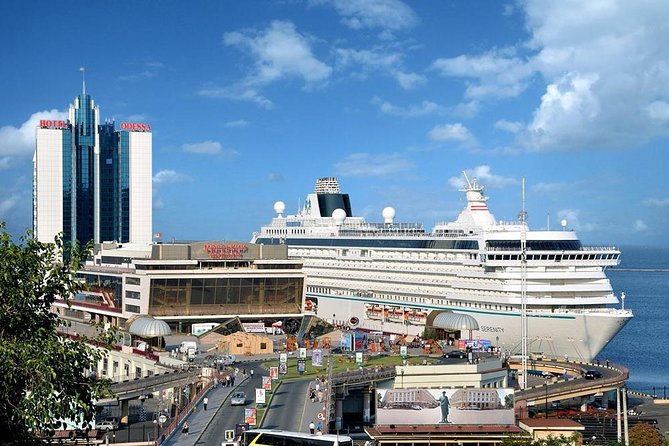
As one of Ukraine's largest seaports and trade hubs with a beautiful historic district, Odesa has plenty of treasures waiting to be discovered. The central part of the city is packed with sights, while architecture lovers can admire the splendid palaces and unique blend of building styles. For sea enthusiasts, Odesa offers kilometres of Black Sea beaches and lots of entertainment both during the day and night. Odessa is also home to one of the most beautiful theatre buildings in Europe – the Odessa Opera and Ballet Theater built in the 19th century by Austrian architectural studio Fellner & Helmer.
Did you know that the music for "’O sole mio" (translates literally as "my sun" or "my sunshine"), a world-known Neapolitan song was composed by Eduardo di Capua while touring with his father's band in 1898 in Odesa (!)? We have no doubts you will be spirit-lifted in Odesa, too, when joining us for the IEEE NAP Conference!
SUMY
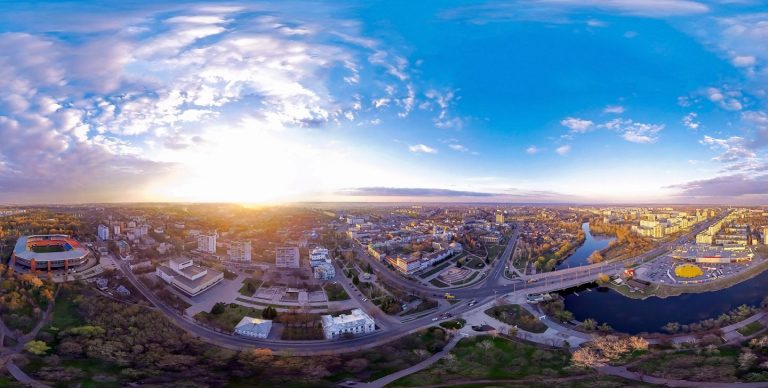
Sumy is a small town of great impressions. The area of the old town includes modern streets Soborna, Voskresenska, Kozats'kyi Val, Kooperativna, Troitska, Petropavlivs'kaSoborna Street appeared at the end of the XVIII century. and preserved much of the old buildings of the pre-revolutionary era: two-storey buildings with extensive basements and wide halls. The central element of the historic centre is the Spaso-Preobrazhensky Cathedral, which is the only Orthodox church in the world on the dome of which are installed Catholic sculptures. On both sides of Soborna is Voskresenska Street, which takes its name from the ancient Cossack church - Svyato-Voskresenskiy Cathedral. During the heyday of the city, an unspoken symbol of the city appeared - Altanka. The octagonal open wooden structure was built on a high brick plinth in 1900-1901 years. No nails were used in its construction.
KYIV
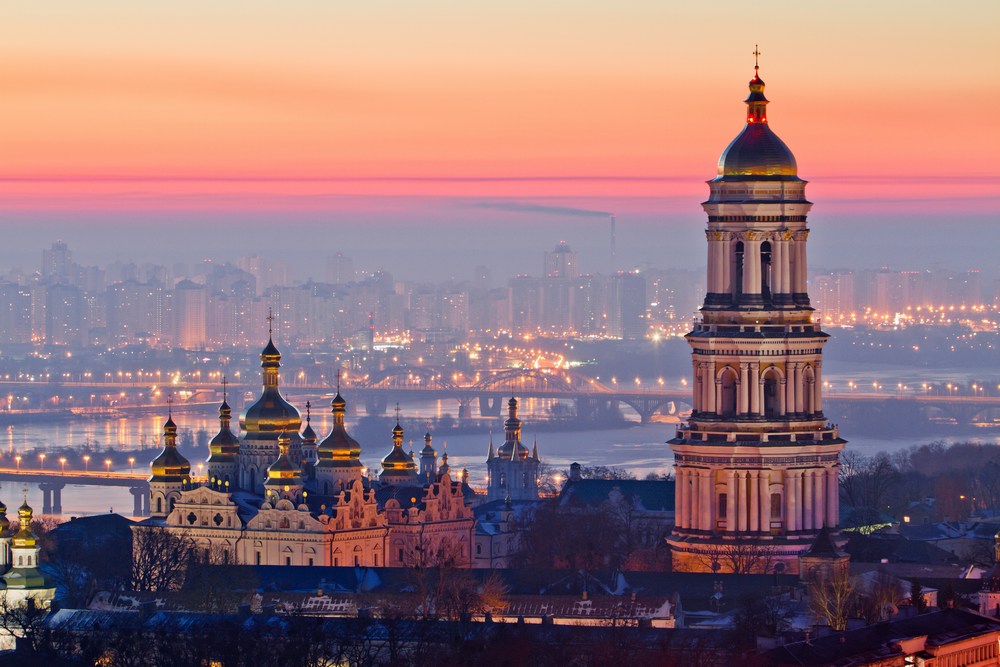
Kyiv is the centre of the country’s bustling modern-day business activity and tumultuous politics as well as its biggest metropolis, with a vibrant classical and contemporary cultural scene. Kyiv is considered one of the greenest cities in Europe with more than 100 parks and nearly 500 public gardens.
Golden domes of superb churches, a long and rich history, eclectic architecture and nonstop city life make Kyiv a go-to spot for all travellers visiting Ukraine. Kyiv is one of the most prominent cities in eastern Europe and its sights include two UNESCO World Heritage sites in Kyiv Pechersk Lavra (Monastery of the Caves) and St. Sophia Cathedral. The Museum of Folk Architecture and Ethnography in Pyrohiv, south of Kyiv, is one of the biggest open-air museums in Europe.
LVIV
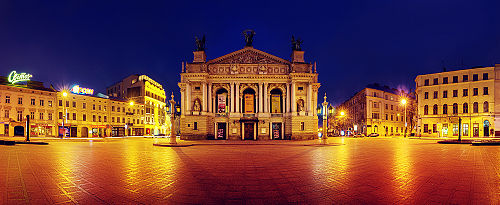
Today Lviv is a leading center of higher education and of Ukraine’s IT industry. Seen as Ukraine's cultural capital, Lviv has the most western architecture of all the country's cities. It boasts a splendid UNESCO-protected Old Town renowned for beautiful narrow streets, magnificent churches, fascinating museums and charming atmosphere.
KHARKIV
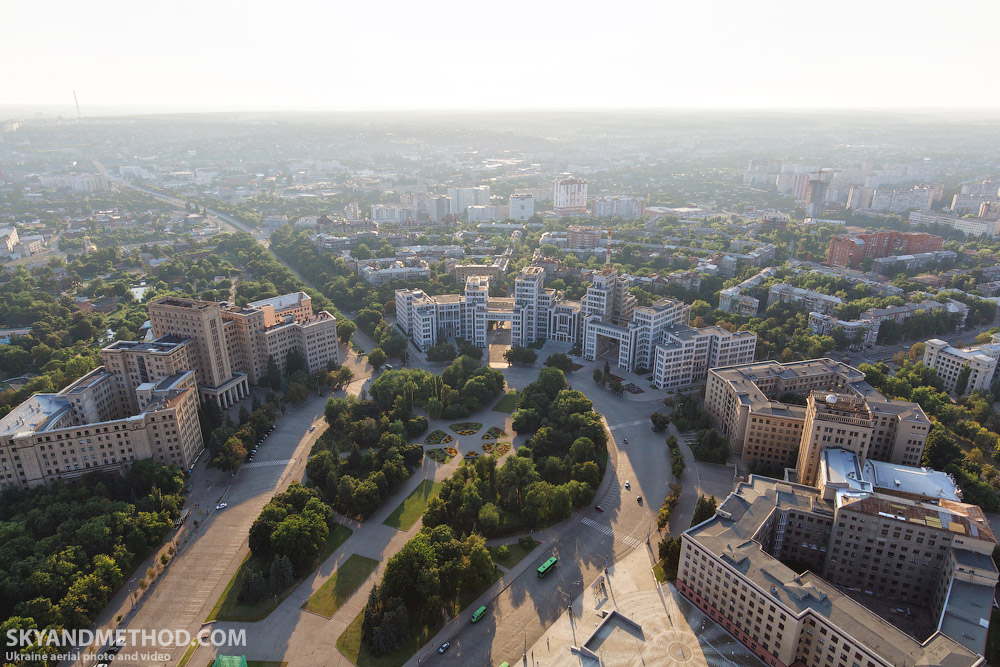
Once the capital of Ukraine and now its second city, Kharkiv is a city of students who drive the thriving restaurant and bar scene. There are enough museums and culture to make Kharkiv an interesting eastern Ukrainian destination. Freedom Square is one of the largest squares in Europe, while the Derzhprom building is one of the most famous examples of constructivist architecture.
UZHHOROD
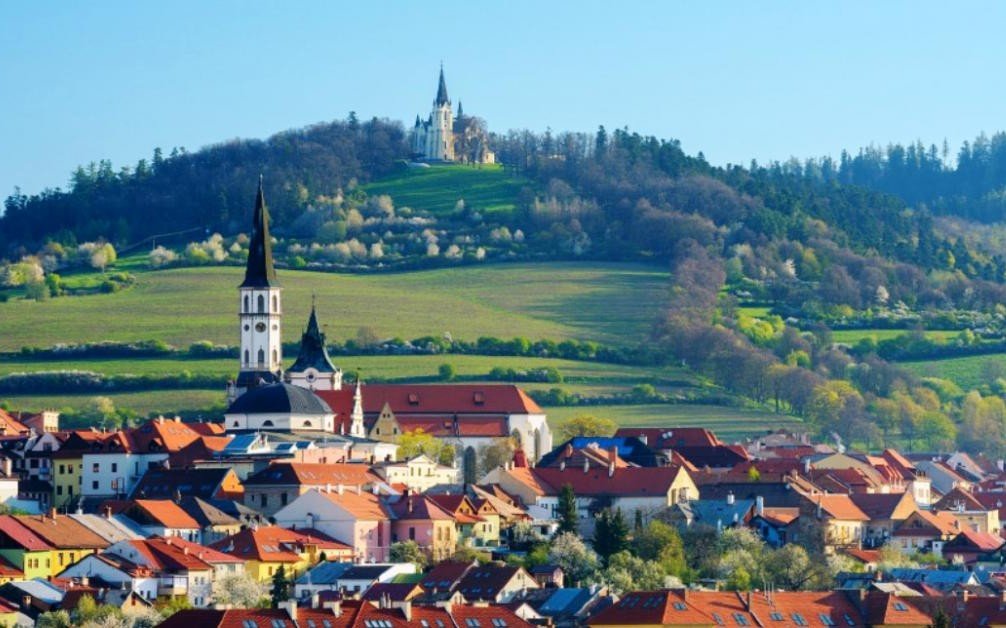
This little city right on the border with Slovakia has belonged to five different countries in the last 100 years. Its historical affiliations can be seen throughout Uzhhorod's central district where you'll find Czech functionalist buildings standing next to classical Hungarian mansions, or Russian Orthodox, Catholic and Greek-Catholic churches in close proximity. Uzhhorod is the vibrant hub of the Zakarpattia region and the gateway to the Carpathian mountains, easily reached from the major central European cities.
CHERNIVTSI
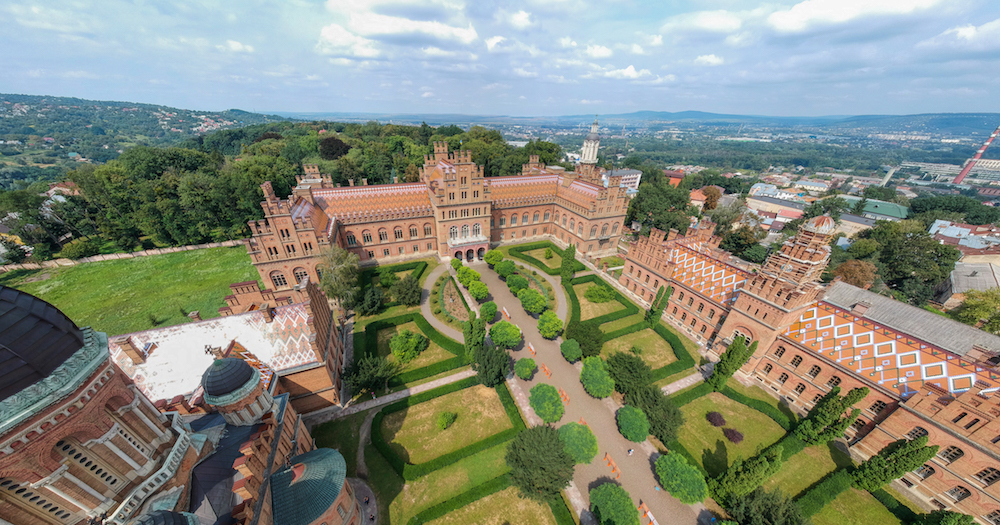
Nicknamed Little Vienna for the rich Austro-Hungarian architectural heritage, Chernivtsi is one of the gems of western Ukraine. There's the stunning UNESCO-protected building of Chernivtsi University, romantic walks and charming Vienna-style cafes. Lovers of Art Nouveau architecture can explore the elegant frescoes and beautiful interiors of the Chernivtsi Museum of Art. With a history of multiculturalism and constantly changing jurisdictions, the city is one of the most interesting destinations in the country.
LUTSK
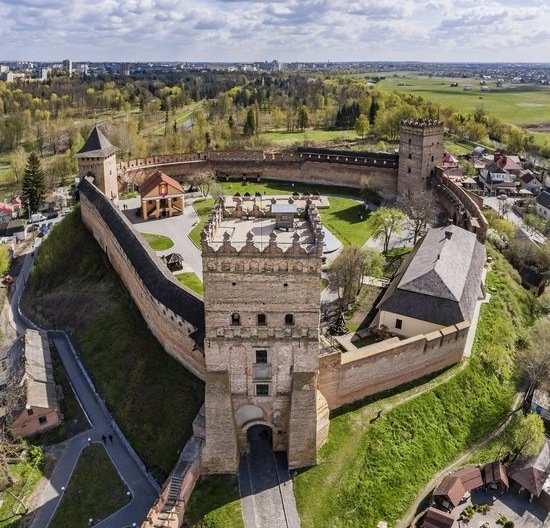
Lutsk is a city where modernity is closely intertwined with history. The present appearance of the city was formed by a thousand-year history, dozens of peoples who lived here. The earliest archaeological materials found in the territory of Lutsk belong to the 7th-9th centuries.
Everyone can find something for themselves in Lutsk. Lovers of rest and slow walks can spend hours enjoying the atmosphere of the Old Town and the central streets, lovers of history and architecture will find a lot of monuments of the past, adherents of art will certainly be interested in art galleries and numerous festivals.
In Lutsk, on Sobornosti Avenue and Molodi Avenue, you can find the longest apartment house in the world (more than 3 km). Built in 1969-1980, it has the shape of honeycombs and 88 entrances, which are combined into 38 addresses on two streets.
IVANO-FRANKIVSK
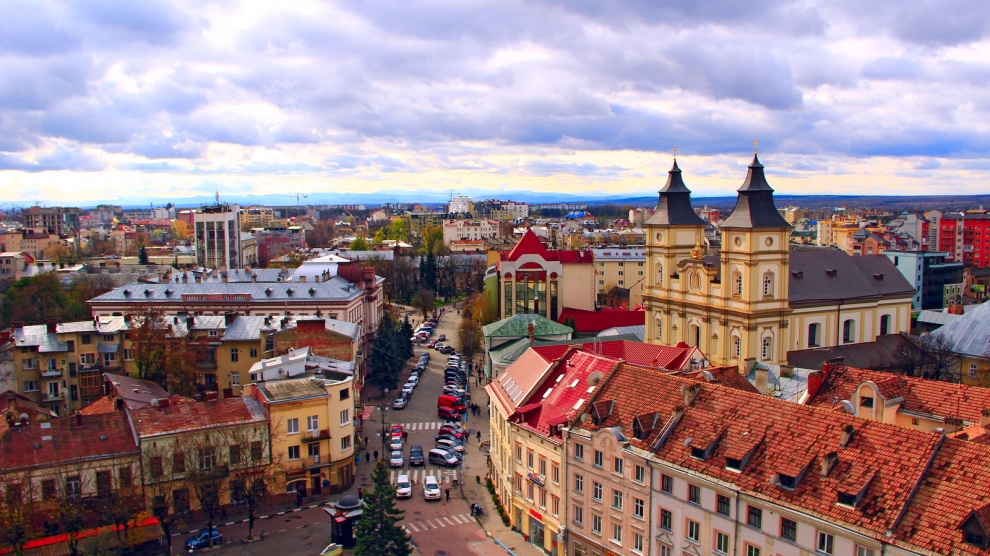
Ivano-Frankivsk is one of Ukraine’s most pleasant major cities with architecturally attractive, cafe-lined and pedestrian-friendly streets. It’s a popular launch point for excursions to the magical and mystical Carpathian Mountains. The people inhabiting this mountain region are called Hutsuls and are known for their colorful folk art, including embroidered clothing, blankets (kylyms), Easter eggs (pysanky), pottery, wood carvings and leatherwork. Ivano-Frankivsk, which is a sister city of Arlington, Virginia, is also known for its annual Blacksmith Festival and the city is adorned with many mesmerizing metal sculptures.
DNIPRO
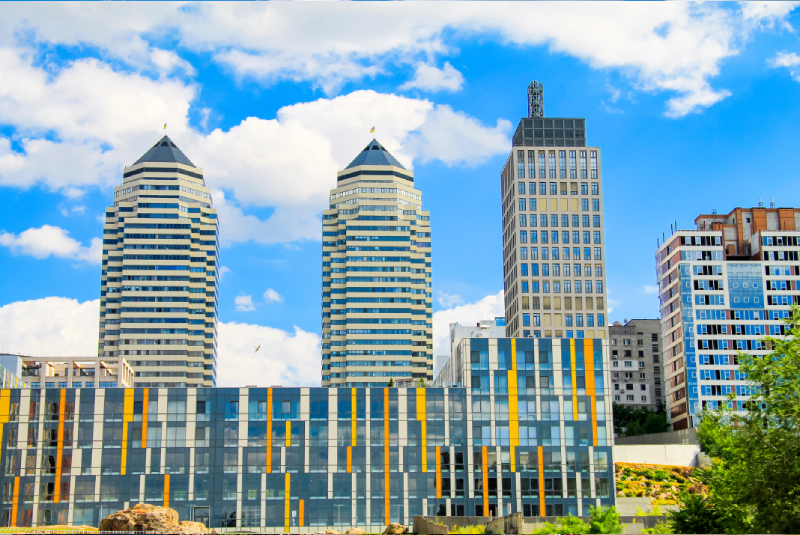
Another mighty Ukrainian industrial city, Dnipro, takes its name from the magnificent Dnipro River that passes through it on its way southward from north of Kyiv to the Black Sea. Once an important center of the Soviet Union’s weapons, nuclear and ballistic missile industries, today the city is known for its gleaming skyscrapers and sailboats. The city of Dnipro has remarkable embankments, long boulevards and spacious parks. The region, along with neighboring Zaporizhia, takes great pride in its Ukrainian kozak heritage.






